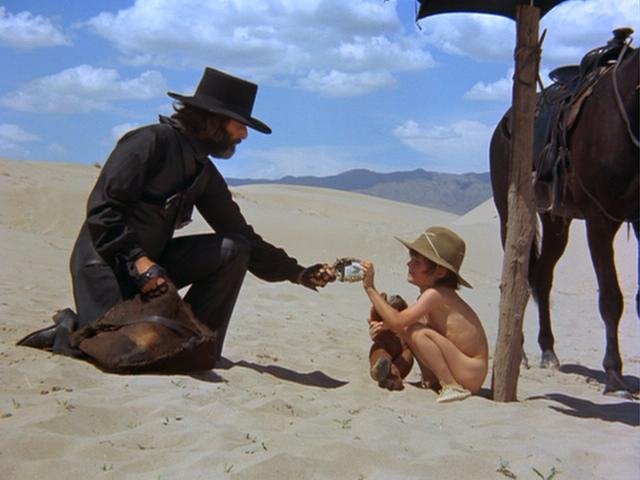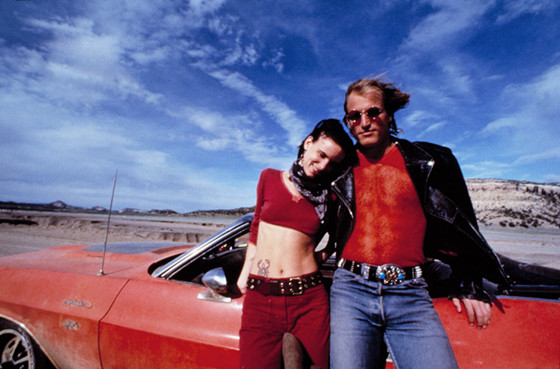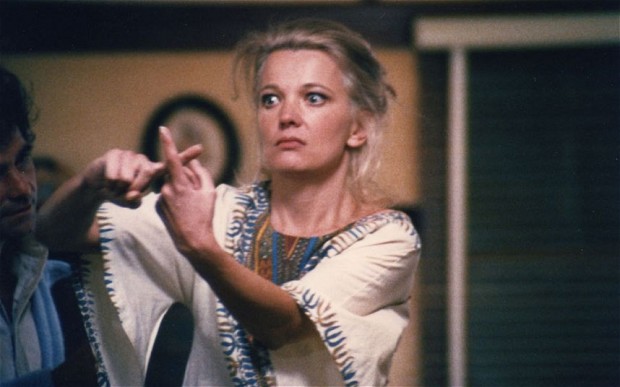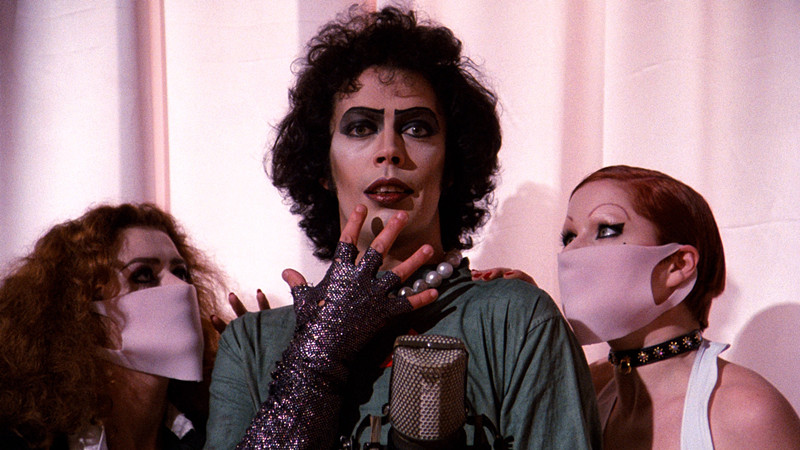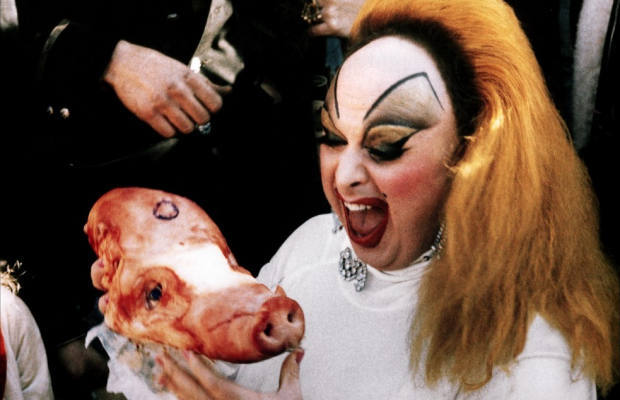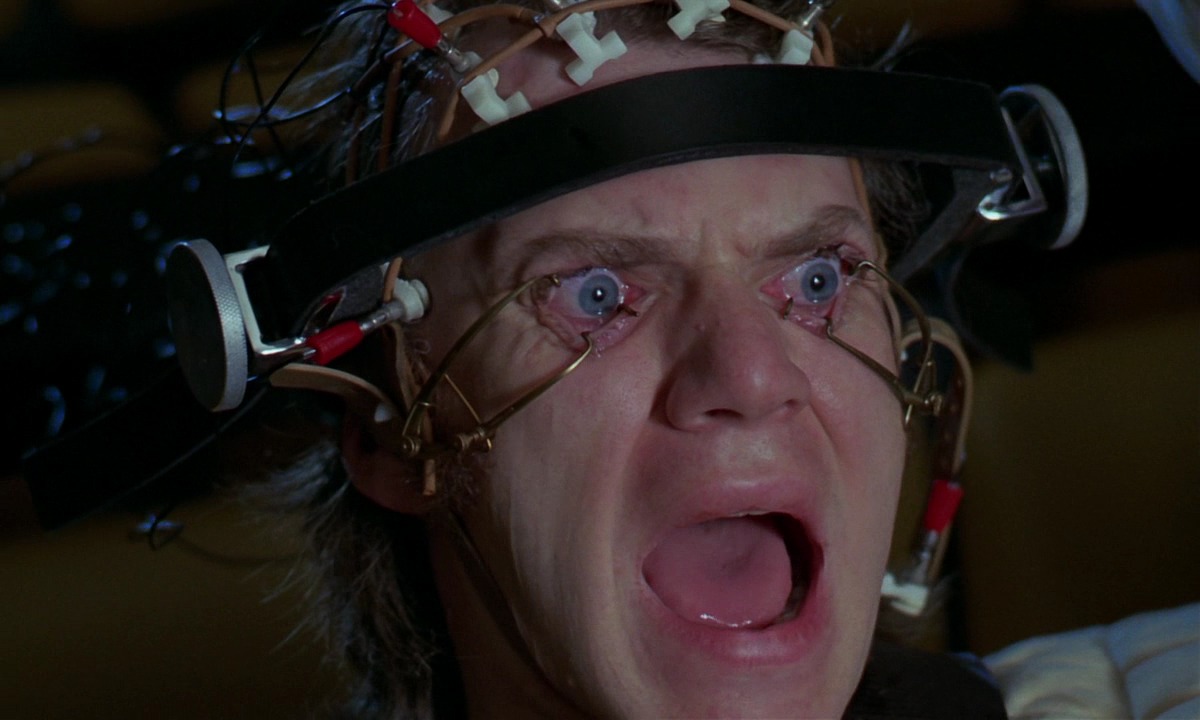8. I Stand Alone (Gaspar Noé, 1998)
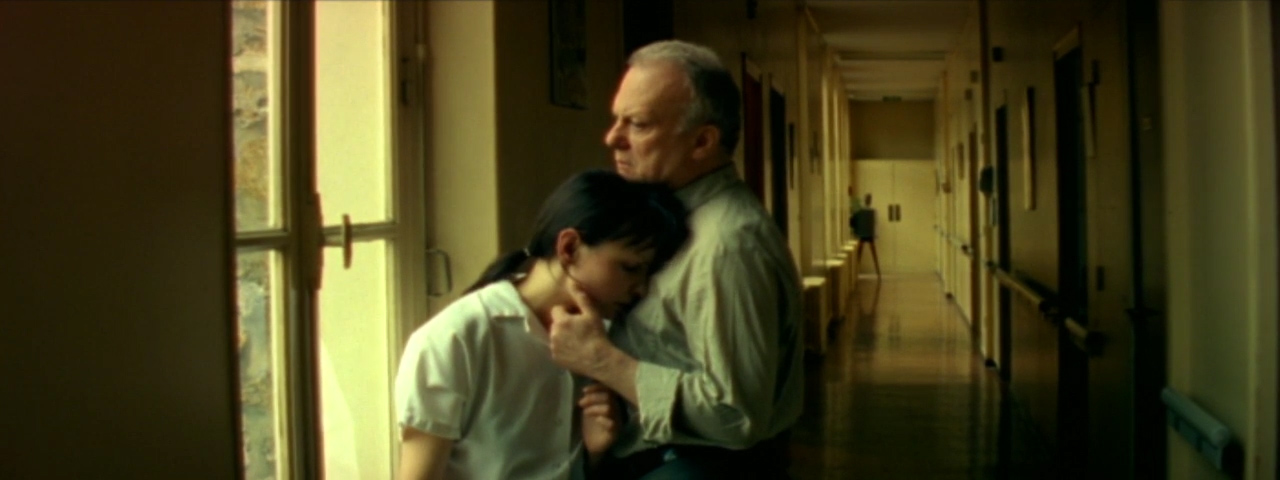
One of the most controversial filmmakers of the last decades is French director Gaspar Noé, whose films tends to shock and at the same time fascinate audiences for its massive use of violent and sexual contents. The title derives from a poem “among a thousand sorrows I stand alone”, and it is a raw and brutal film – much like Noé’s subsequent and most famous film to date, Irreversible – with a dark and pessimistic atmosphere, telling the story of a character we only come to know as “the butcher”.
We follow the protagonist through a few days, as his life turns suddenly darker and his struggles cause him a great amount of psychological pain that only tends to grow, reaching a shocking and breathtaking conclusion. The film shows us a protagonist who deals with loneliness and isolation, resulting in very poor relationships with people around him, and it also is deals with many taboo subjects, such as domestic violence, social prejudices, suicide and incest.
Gaspar Noé filmed I Stand Alone through a collection of voice-overs telling the butcher’s story, with the intention of making us feel closer to the character, thus enhancing the intensity of the narration, techniques which acknowledge an audience and talk directly to it are used as well, such as a clear warning that certain scene we are about to see may be too shocking and that we still have time to leave the screening of the film.
Also, the movie does not present a moralist ending to the butcher’s story, thus being subversive for the sole fact of daring to tell us the story of a violent and lonely man, something few movies risked to do.
7. El Topo (Alejandro Jodorowsky, 1970)
Chilean filmmaker Alejandro Jodorowsky had the idea to make a psychedelic western movie about the enlightenment of a man, using Christian and Eastern religious symbolism to tell his story, and then one of the most avant-garde and subversive films from the 70’s was born.
Like other movies in this list, El Topo started to get famous being shown in midnight sessions around the country and being notably capable to gather a multitude of people, who were curious to go through this unexpected and mystic journey of life, death and religion. The story is extremely subjective and relies on the viewer’s ability to interpret the symbolism and can mean whatever people want it to, because of its high level of abstraction and nonlinear and non-logical usage of symbols and mythology.
This is not the type of movie that would attract all kinds of audiences; mainly because of the way the images are interposed, producing some rather disturbing scenes, including a naked child that follows the protagonist and one where we see several dead rabbits. This film is subversive because of its avant-garde quality; it twists the most beloved and traditional American film genre, the western, and turns it into something completely unusual and unique, nothing any filmmaker has ever done before Jodorowsky.
6. Natural Born Killers (Oliver Stone, 1994)
Natural Born Killers tells us the story of mass murderers Mickey and Mallory Knox, a couple who kills with no mercy and brings destruction wherever they pass by. Oliver Stone adapted this Quentin Tarantino script in 1994, and although the writer wasn’t pleased with the final result, the movie turned out to be quite successful, becoming one of the most iconic and controversial films from the 90’s.
The movie is filled with innovative filmmaking, techniques we weren’t used to see and that reflect the mainstream pop culture of the second half of the 20th century, and the influence it has on us. It’s also a very sarcastic and frantic portrait of American society; one that glorifies violence at the same time that it sets the moral rules as to who deserves to live and who doesn’t.
Television and the media play important roles in the movie, from the dark humored reality show through which the protagonists are presented to us paint a satirical picture of family lives to Robert Downey Jr.’s character being a parody to sensationalist broadcasters, as well as the instant glorification of Mickey and Mallory as popular icons as they go in a killing spree around the country.
Also, throughout the film we are bombed with interpositions of all kinds of images, from actual WWII footages to cartoon psychedelic versions of Mickey and Mallory, much like the frenzy of colors and sound that we see on television. One of the most shocking scenes are the ones that were filmed inside a real maximum security prison, and shows an internal riot, something entirely new to cinema, even to the most excited filmmakers.
These are some of the reasons why Natural Born Killers is subversive: unforgettable cinematography, iconic scenes and principally social satire and critique.
5. A Woman under the Influence (John Cassavetes, 1974)
Director John Cassavetes is widely known for his original approach on filmmaking, usually dealing with difficult and painful subjects, which not many people dare to talk about, even less making a movie about it. “A Woman under the Influence” deals mainly with the subject of mental illness inside a suburban family, but also poses gender-related issues, as we accompany Mabel, in a genius performance by Gena Rowlands, a house-wife and mother, struggle with a psychotic breakdown.
After displaying what is considered to be an “odd” behavior, in which Mabel ends up upsetting people around her, especially the father of one of her children’s friends; her husband, Nicky, not being able and not knowing how to cope with that problem, decides to commit her to a mental institution, where she stays for a period of six months. The climax of the movie happens when Mabel comes back home, and the impacts that has on everyone in the family.
A movie that is subversive for its astounding filmmaking and even more because of the questions it poses to us, about the roles men and women are expected to play in society, about how people with mental illnesses are seen and treated, and especially when that person is a woman.
In the 70’s, the fields of Psychiatry and Psychology were only just beginning to realize how damaging an integral commitment to a closed doors institution can do to people, now that the Psychiatric Reform is fully consolidated, it is common ground that, with maybe the exception of more serious cases, people shouldn’t be taken out of their natural habitats and should be treated with respect, if possible, staying with their family. It’s one of the most anguishing portrayals of mental illness and the film ends without a real closure, leaving us to realize how confusing and delicate a situation like that can be.
Other memorable subversive movies that deal with the subject of mental illness and psychiatric institutions is Hollywood’s 1975 “One Flew Over the Cuckoo’s Nest”, by Czech director Milos Forman, and Samuel Fuller’s independent “Shock Corridor”, from 1963.
4. Rocky Horror Picture Show (Jim Sharman, 1975)
Richard O’Brien’s creation was firstly a musical stage production, later transformed into a film, an unusual story that pays homage to early science-fiction and B horror movies, also featuring various aspects of glam rock and being a precursor to punk rock, a movement that would rise a few years later, in 1977.
It’s innovative in its portrayal of alien transsexual Dr. Frank-N-Furter, in the most iconic role of Tim Curry’s career, its quirky mixture of horror, sci-fi, comedy and music and its provocative portrayal of sexuality. Initially a midnight movie, it later gathered one of the most massive cult-followings among non-mainstream movies and to this day it’s still remembered by fans all over the world, through annual conventions that celebrate the extremely original camp creation that it is.
Rocky Horror Picture Show is subversive in many ways, Dr. Frank-N-Furter’s sexuality, as well as the other characters’ cannot be easily classified, and the movie deals with sex in a natural and openly manner, being safe to say it has become some sort of initiation ritual for younger audiences, much like the main couple, Brad and Janet, go through in the story.
The 70’s brought along a fair share of groundbreaking films and the legacy from the 60’s, a sexual and political revolution that seemed to affect every area of society, but even for that time period, at times Rocky Horror Picture Show’s flamboyant approach on sexuality seems too straightforward, which makes its presence in this list more than certain.
3. Pink Flamingos (John Waters, 1972)
Baltimore’s most subversive and prolific filmmaker wrote, produced, shot, directed and edited one of the most controversial movies from the 70’s and today. Firstly running only in the midnight circuit, in theaters that only played independent and avant-garde films, it shocked and fascinated audiences for its dark humor, heavy graphic imagery and celebration of the grotesque; which included nudity, animal slaughter and overall disturbing content.
Starred by Divine, an actor who plays a female character – often mistaken for a transvestite – and a group of the director’s friends, the movie tells the story of Babs Johnson, bearer of the title of “filthiest person alive”, and a couple who wishes to steal that title. She lives in a pink trailer in the outskirts of Phoenix, Maryland, along with her mentally ill mother, her perverted son, Crackers, and traveling companion, Cotton.
Each one of the characters engages in some kind of illicit act and holds no redeeming quality; for example, performing sexual acts with a chicken, running a business of black market adoption and eating dog feces, in what is probably the most iconic scene from the movie.
It received a cult following in the 70’s and although it can’t be exactly praised for its technical aspects, it had a low-budget and all the issues that derive from it, to this day it’s still regarded as an underground cinema gem, not only because of its shock value but also because Waters produced a darkly satirical portrayal of American life.
By subverting the ideals, mentality and issues of American society into an intelligent critical allegory, John Waters managed what few filmmakers can do, which is convey ambiguous elements into the same movie.
2. A Clockwork Orange (Stanley Kubrick, 1971)
Based on Anthony Burgess’ novella with the same title, this Kubrick film received a huge amount of backlash when it came out, in 1972, with the director and his family reportedly having received death threats and the movie being instantly linked to various violent crimes committed at the time. Apparently the message and overall ideas behind this creation were much too strong and real for it to be well accepted, and even over 40 years later, whoever watches it, will still be blown away by its incredible rawness and innovative filmmaking.
The movie is about the journey of juvenile delinquent Alex DeLarge, played impeccably by Malcolm McDowell, “whose principal interests are rape, ultra-violence and Beethoven”. Following the story, we see him beating up old men, engaging in gang brawls, raping, breaking in residences, as well as psychologically abusing of his fellow gang members and parents, in a visually stunning portrayal of a dystopian England.
Not only it was and still is relevant because of its social commentary on juvenile violence and the way society deals with it, it also brings up the subject of power of will and moral choices, as the government comes up with a technique that will not only cure and recover delinquents, but also condition them to be always good.
The “Ludovico Technique”, a type of aversion therapy presented by the movie is one of the most brilliant and satirical examples of how government entities and powerful men use their influence to manipulate the population, represented by troubled Alex. With its violent scenes, remarkable visuals and disturbing message, “A Clockwork Orange” remains one of the most iconic and subversive movies to have been made.
1. Salò, or the 120 Days of Sodom (Pier Paolo Pasolini, 1975)
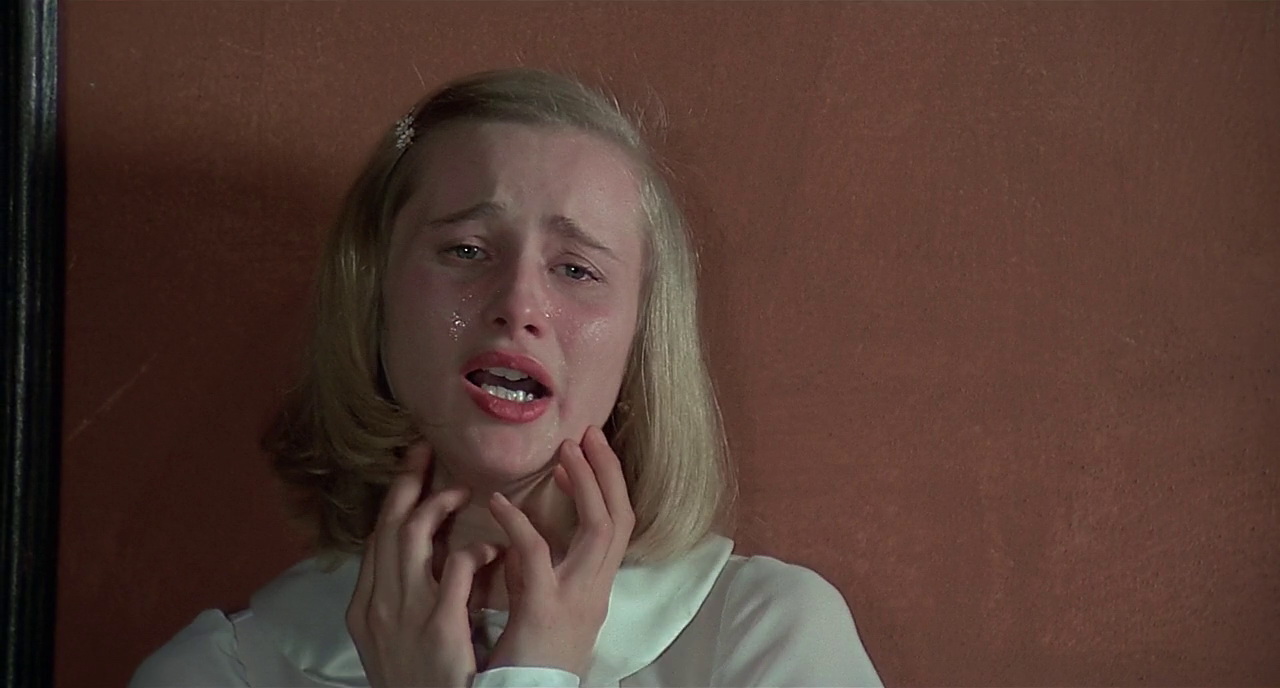
Mainly based on Marquis de Sade’s “The 120 Days of Sodom”, Pasolini’s film is still considered one of the most controversial to have been made to this day. It depicts a group of teenagers kidnapped and taken to an isolated place in the Italian town of Salò (which was under the domain of Benito Mussolini in WWII), where they are submitted to grotesque acts of submission and degradation perpetrated by a group of fascists from the government.
This movie is subversive not only because of its huge amount of violent and disturbing content – including coprophagia, rape, psychological torture and forced marriages between the kids and the men from the high command – but also because of its openly politic commentary on the horror perpetrated by the fascists in Italy.
It’s clearly an allegory, constructed by the use of Marquis de Sade’s and Dante’s works, that presents us with the power of totalitarianism, which breeds not only absence of freedom and expression, but also perversion and destruction.
There was a high price Pasolini had to pay for having been able to speak his mind and insert his message in this controversial creation, shortly after the movie was released, he was brutally murdered and called a “dirty communist”. Nevertheless, his message still lives on and “Salò” still shocks and scares audiences to this day for its not so unreal portrait of political intolerance.
Author Bio: Larissa G. Pierry is a Brazilian Psychology student, whose two great passions are writing and watching all kinds of movies, from old classics to trash horror (but has a pretty unhealthy obsession with David Lynch and John Waters). She pretends to be a full-time movie critic on her Letterboxd profile (http://letterboxd.com/tangerine23/), but someday really intends to do something professionally about her bad case of cinephilia.
